What is AI Generative Art?
Generative art refers to artwork created with the help of autonomous systems, such as algorithms or AI, where the artist sets rules and parameters, and the system then generates the final artwork. AI generative art specifically involves using artificial intelligence algorithms, like deep learning models, to create or assist in creating artistic content.


AI generative art can take many forms, such as visual art (like images, animations, or graphics), music, poetry, or even interactive experiences. Artists often use AI to explore new creative possibilities, generate novel ideas, or collaborate with machines to produce artwork that blends human creativity with computational processes.

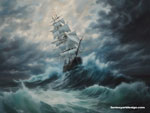
One popular example is using a generative adversarial network (GAN) to create images. In a GAN setup, one network generates images (the generator), and another network evaluates them (the discriminator). Through iterative training, the generator learns to create images that the discriminator can't distinguish from real ones, resulting in realistic and often surreal visual output.
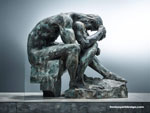
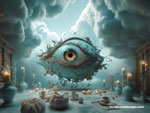
Overall, AI generative art showcases the intersection of technology and creativity, pushing the boundaries of what art can be and how it can be produced.

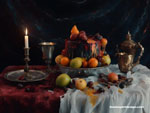
Here are some notable examples of AI generative art that have gained recognition and showcase the diverse range of creative possibilities enabled by artificial intelligence:
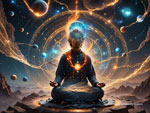

"The Next Rembrandt" by ING and Microsoft: This project used AI to analyze Rembrandt's works and generate a new painting in his style, creating a piece that captures the essence of the artist's work while being entirely new.


"AICAN" by Ahmed Elgammal: AICAN is an AI artist developed by Ahmed Elgammal and his team at Rutgers University. It creates original artworks using deep learning algorithms trained on a vast dataset of art history. AICAN's pieces have been exhibited in galleries and museums.
"DeepDream" by Google: DeepDream is a project by Google that uses deep neural networks to generate dream-like images by enhancing and modifying existing images. It has produced visually stunning and surreal artworks.
"GAN-generated Art" by Mario Klingemann: Mario Klingemann is known for his AI-generated art using GANs. His works often explore the intersection of technology, humanity, and creativity, creating captivating and thought-provoking pieces.
"DALL-E"by OpenAI: DALL-E is an AI model developed by OpenAI that can generate images based on textual descriptions. It can create imaginative and detailed artworks based on input prompts, demonstrating the potential of AI in creative content generation.
"Neural Style Transfer": This technique uses neural networks to apply the style of one image (such as a painting) to another image (such as a photograph), resulting in visually striking and artistic compositions.
"Artbreeder": Artbreeder is an online platform that allows users to create and blend artworks using AI algorithms. It enables users to explore a vast space of creative possibilities and generate unique digital art pieces.
These examples highlight the diversity of AI generative art, from recreating classical styles to generating entirely novel and imaginative artworks. Each of these projects showcases the potential of AI in pushing the boundaries of artistic expression and creativity.
Cloud: Generative Adversarial Networks (GANs), Deep learning, Neural networks, Machine learning, Creative AI, Computational creativity, Evolutionary algorithms, Procedural generation, Artistic algorithms, Algorithmic art, Interactive art, Digital art, Autonomous systems, Data-driven creativity, Expressive algorithms